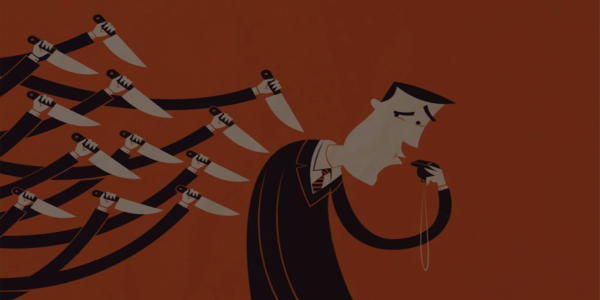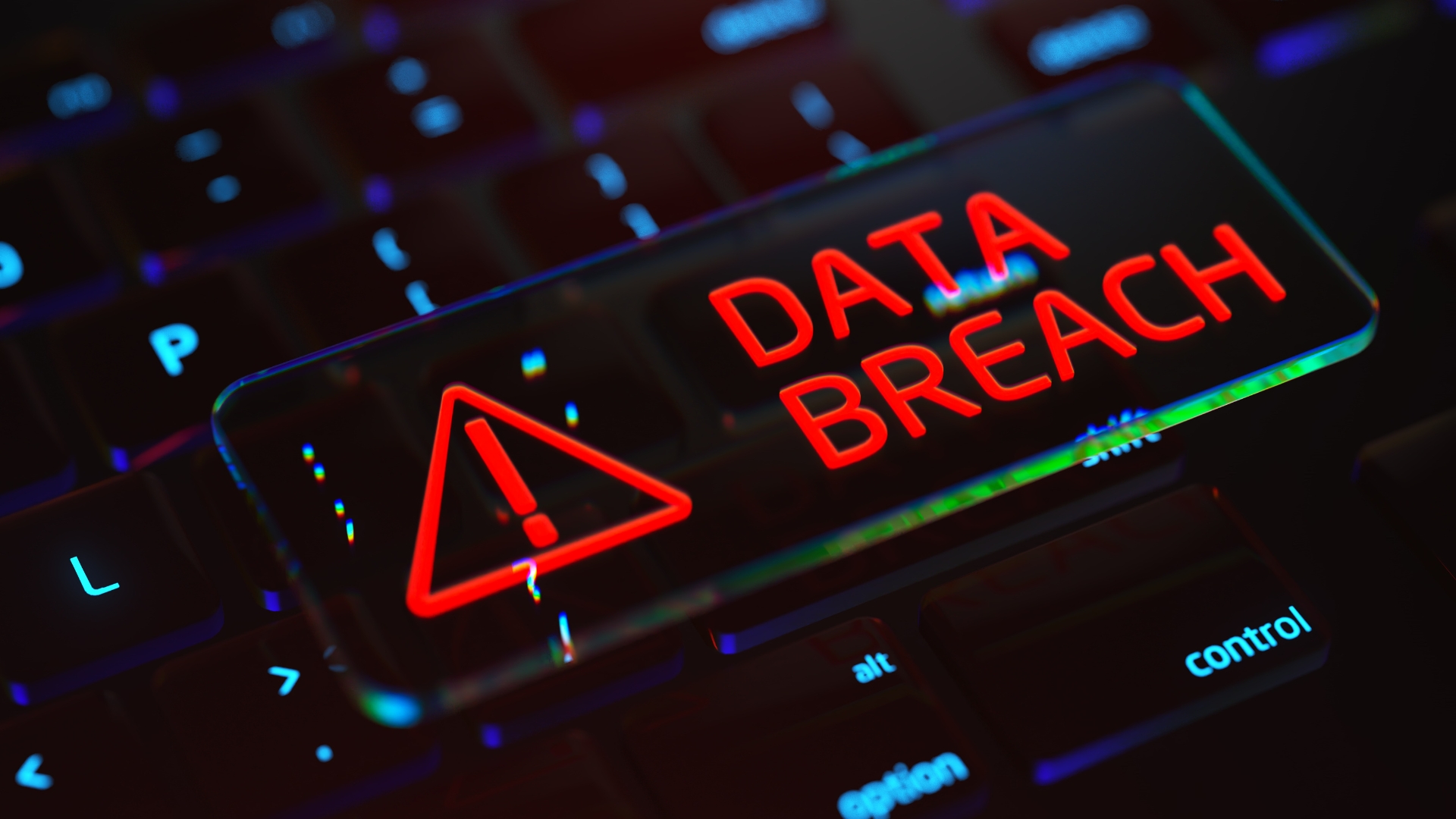Toxic work culture, characterized by rampant sexual harassment, sexism, and discrimination against women, is often attributed to the prevalence of toxic masculinity. Although these terms may have different meanings and connotations, collectively, they wreak havoc on the lives of women in the workplace. However, the truth is not limited to this - toxic masculinity is harmful to men as well. Despite believing they can get away with it, male perpetrators almost never do.
During a PoSH (Prevention of Sexual Harassment) awareness session for employees, a senior manager asked the trainer, "You shared examples of sexual harassment in various companies, and all the harassers were senior males. Why do you think they did it?"
Sometimes, redirecting the question back to the audience leads to brilliant responses from the participants.
One female employee thoughtfully responded, "Perhaps, being very senior, they thought they could get away with it."
It's hard to know what goes on in the minds of these harassers. Still, it's unlikely they expected to face punishment or even termination from their senior positions while still engaging in offensive behavior.
Why don't executives from senior management know better than to create a toxic work culture? In other words, don't they see it coming? 'It' is the sinking of their careers, probably affecting their mental health and personal lives. 'It' is the damage to their reputation, media backlash, calls for their ouster, and potentially permanent notoriety.
Toxic masculinity is primarily exhibited by two types of people: misogynists and accomplices.
Misogynists are the instigators of toxic behavior towards women. They lack respect for women and are often unaware of the impact their actions have on both the victims and the organization. They are also likely to continue their behavior in other organizations if terminated.
The best course of action for senior leaders who engage in sexual harassment and pollute the culture is termination. The organization should have a PoSH policy that states senior leaders found guilty by the IC will be terminated, and no lesser degree of punishment will suffice. Any senior person found guilty of sexual misconduct or promoting such behavior should be terminated.
However, removing one perpetrator will not transform a toxic culture into a healthy work environment. It is essential to send an unequivocal message that sexual harassment and condoning such acts are not tolerated. Accomplices who contribute to their chauvinistic leaders' discriminatory behavior should be addressed next.
Accomplices may not initiate such behavior but contribute to their senior colleagues' actions and even abet the offender out of loyalty. They may understand that their actions are morally incorrect but lack the courage to stand up against it and jeopardize their career, especially when the perpetrator is a senior leader.
Instead of firing all the accomplices, a counseling session could help them mold their behavior towards women. They may realize the organization's values in giving them another chance to be professional and respectful. The desired transformation would benefit the organization and its employees.
The Urgency
It is imperative to take swift action when allegations of toxic behavior surface, particularly when it involves senior management. Failure to act promptly will only allow the toxicity to spread, creating a culture where inappropriate behavior becomes the norm. The more widespread the toxicity, the more challenging it is to clean up, making it critical to address the issue as soon as it is detected.
The responsibility for maintaining a healthy workplace culture falls on all employees, not just senior management. If a single case of toxic behavior is ignored or overlooked, it can quickly erode the organization's brand and transform the culture's DNA. Thus, it is essential to address the issue with a combination of punitive and reformative measures.
Author: Sumali Nagarajan, AVP - Content & Training Editor: Akanksha Arora, AVP - Legal & Training
Disclaimer : No information contained in this website may be reproduced, transmitted, or copied (other than for the purposes of fair dealing, as defined in the Copyright Act, 1957) without the express written permission of Rainmaker Online Training Solutions Pvt. Ltd.











